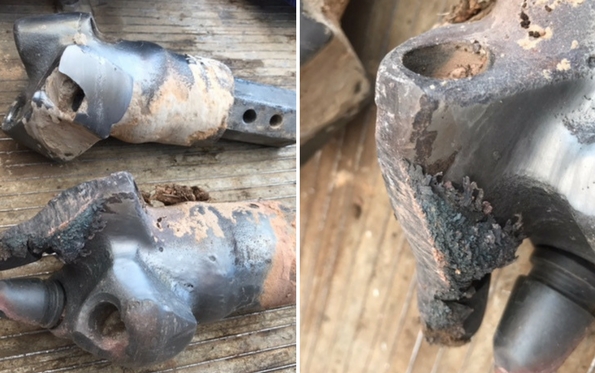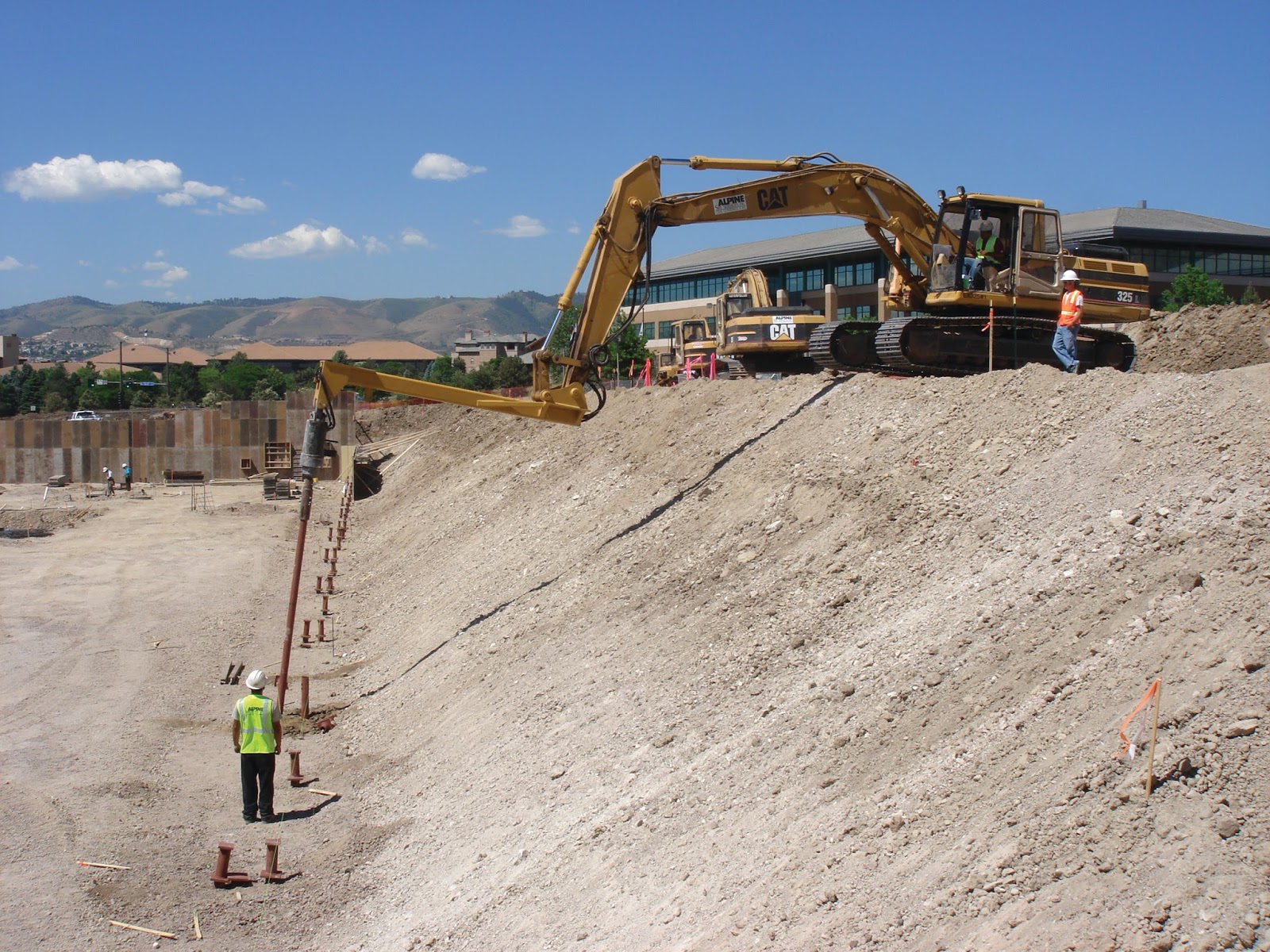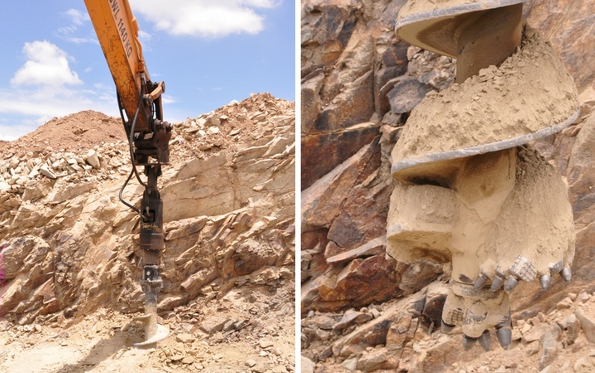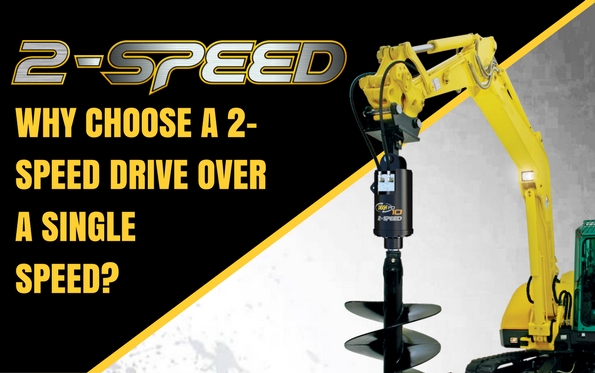Digga tips: drilling in clay

When you’re drilling in clay it can be difficult to remove the spoil off of the auger. It’s tempting to alternate the drive from forward to reverse to flick the clay off, but this can cause serious torque related stress on the drive gearbox which will lead to premature failure and subsequently expensive repairs. Hitting the auger against the ground can also create side load on the shaft which could in turn damage the shaft seal and gear box. In our previous blog post we explain the best way to remove spoil from your auger; using a forward, stop, forward, stop control pattern. This can often take a long time when working in clay and time costs money… Here are a number of tips to help remove the spoil from your auger when drilling in clay: Drilling another hole with the clogged auger and then reversing out of the hole will remove soil from the flights Using a single carry flight auger to avoid the clay becoming compacted between the flights Choose a steep pitched auger flig...



















